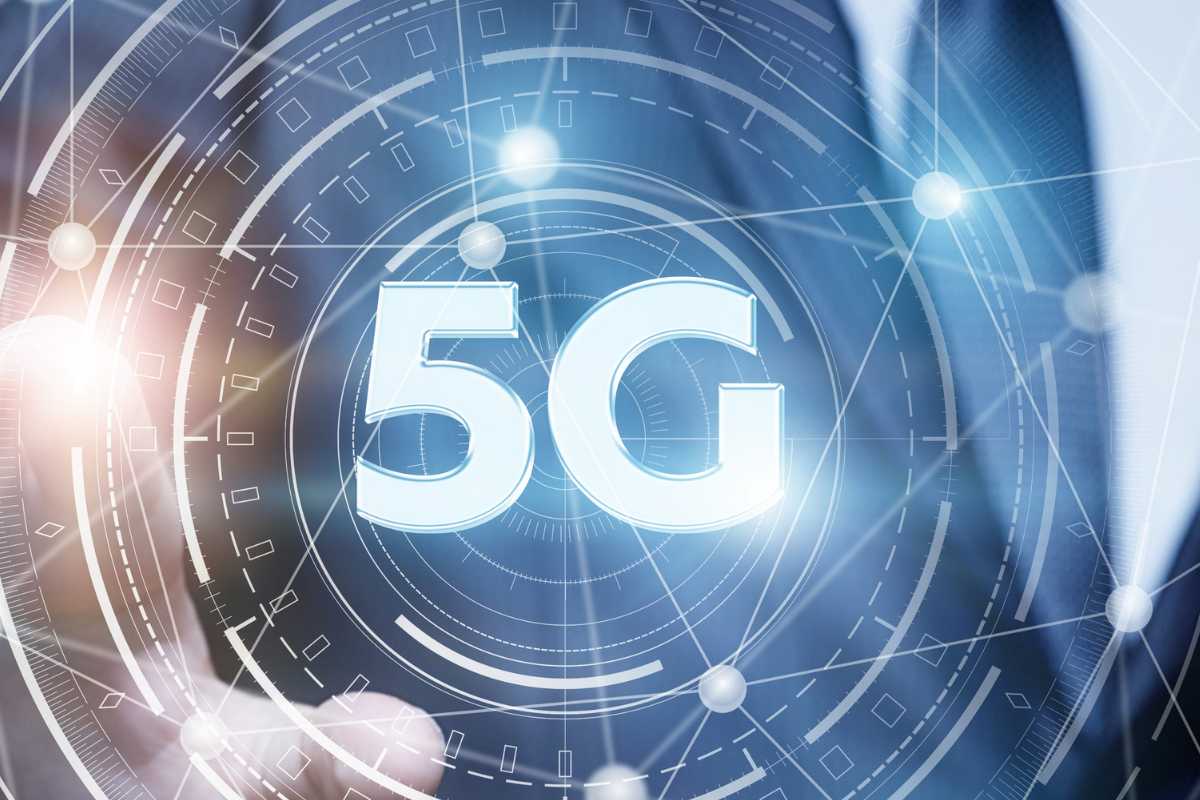The Future Role of the Chief Innovation Officer

One of the key ideas highlighted today is making your business resilient. As
enterprises move forward in a post-pandemic period, organizational resiliency
will be among the main goals, and innovation will be at the heart of becoming
resilient. Chief innovation officers will help companies develop the ability to
rapidly respond to unexpected events and the associated shift in customer needs.
The key here is how to make your products and services flexible to cope with
significant business disruptions. Most people think that developing innovative
ideas is solely the role of the chief innovation officer. But this is not true.
Chief innovation officers do not have a monopoly of knowledge when it comes to
new ideas. In most instances, the role of chief innovation officers is to
cultivate a company culture that allows other people within the organization to
develop new ideas. They do that by training people to become innovative and
helping create a work environment that encourages individuals to contribute new
ideas for the company's benefit.
Analytics and AI in 2022: Innovation in the era of COVID
From low-code, we move to what we might call "low-data." Dr. Jans Aasman, CEO of
Franz Inc., characterized the new normal of personal data analytics: "in 2022 we
will see new ways for users to regain control of their data." That's great, but
it's yet another disruption, forcing companies to personalize experiences
without access to as much personal data. Jennifer Krizanek, President, NA and
CMO of Contentserv, describes the challenge: "2022 will witness businesses
strategizing on how to personalize the customer experience without breaking GDPR
laws or infringing on consumers' data privacy rights." She further opines that
next year "will be the year in which businesses learn how to operate, market and
personalize their offerings to consumers without tracking their every move." But
how can that be done? For openers, Denodo's Shankar says that "in 2022,
organizations will leverage small data analytics to create hyper personalized
experiences for their individual customers to understand customer sentiment
around a specific product or service within a short time window."
What the Rise in Cyber-Recon Means for Your Security Strategy

Enterprises need to be aware that an increase in new cybercriminals armed with
advanced technologies will increase the likelihood and volume of attacks.
Standard tools must be able to scale to address potential increases in attack
volumes. These tools also need to be enhanced with artificial intelligence (AI)
to detect attack patterns and stop threats in real time. Critical tools should
include anti-malware engines using AI detection signatures, endpoint detection
and response (EDR), advanced intrusion prevention system (IPS) detection,
sandbox solutions augmented with MITRE ATT&CK mappings and next-gen
firewalls (NGFWs). In the best-case scenario, these tools are deployed
consistently across the distributed network (data center, campus, branch,
multi-cloud, home office, endpoint) using an integrated security platform that
can detect, share, correlate and respond to threats as a unified solution.
Cybercriminals are opportunistic, and they’re also growing increasingly crafty.
We’re now seeing them spend more time on the reconnaissance side of
cyberattacks.
Is Apple making the same mistakes made by Nokia?
The fall of Nokia and the rise of Apple as a smartphone giant are deeply
intertwined. Apple, which throughout the global recession near-unfailingly
smashed Wall Street forecasts, is beginning to lose its aura of invincibility.
Apple took a $6 billion hit to its sales during the fiscal fourth quarter due to
persistent global supply chain problems. The company has missed Wall Street
targets twice in under a year. CEO Tim Cook may now have to worry more about
economic and product launch cycles, and the whims of fickle consumers. The
blockbuster smartphone that adds a special gloss to the Apple brand is a highly
cyclical product. Buyers emerge in droves every time a new version is launched,
lining up at stores overnight, and snarling supply for the device. Its
popularity has heightened speculation around the device every year as over 100
million yearly customers decide when to switch to a new model, whether to buy
now or hold out for a better but same-priced phone.
2021 Information security in memes and tweets

For those who don’t know: Cellebrite produces equipment for so-called competent
authorities, allowing employees to easily and conveniently hack into smartphones
and retrieve information of interest from them. That’s why the company holds a
special place in the hearts of privacy advocates. In late 2020, Cellebrite
announced that their products were beginning to support Signal. In response, the
Signal team published a study of vulnerabilities in Cellebrite hardware and
accompanied it with an unparalleled teaser ... Colonial Pipeline, the largest
U.S. pipeline system that moves petroleum products, was attacked by ransomware,
disrupting gasoline and diesel supplies across the southeast coast of the
country. The incident sparked a lot of discussion about how these kinds of
businesses should be protected, and the company’s own announcement of a search
for a new cybersecurity manager went viral on social media as a meme, with the
comment “They probably have a decent budget now.”
Understanding 5G in India in 2022

5G is not very different in principle from 4G. It uses the same mobile network
principles as 4G, but the only difference is, 5G New Radio (NR) air interface
can enhance OFDM for delivering a much higher degree of scalability and
flexibility. 5G also brings higher bandwidth spectrum frequencies into play.
The spectrum in the millimetre wavelength bands and sub-6 GHz bands will be
used for 5G services which will be the first time such high-frequency airwaves
will be used for rolling out mobile network services. This enables 5G to be
way different than 4G when it comes to the use cases and its applications. The
mobile ecosystem will touch upon new realms with 5G, which wasn’t possible
with the previous generation technologies. Just comparing with 4G networks, 5G
is faster, has more capacity, delivers significantly lower latency, is a more
unified platform than 4G, and uses a higher frequency spectrum better than 4G
would have ever been able to. 5G is designed to support more mission-critical
applications and communications and also bring the massive Internet-of-Things
(IoT) to the table.
Predictions 2022: Edge tech, enterprise 5G, cybersecurity in focus
The Edge discussion will separate into two focus areas – edge platforms that
provide a stable pool of secure capacity for the diverse edge ecosystems and
software defined edge workloads/software stacks that extend application and
data systems into real world environments. We are already seeing this shift
today. As we move into 2022, we expect edge platforms to become more capable
and pervasive. ... Edge will become the new battleground for data management
as the latter becomes a new class of workload. Data management and the edge
will increasingly converge and reinforce each other. The cybersecurity
industry is now moving from discussion of emerging security concerns to a
bias toward action. Enterprises and governments are facing threats of
greater sophistication and impact on revenue and services. As a result, the
cybersecurity industry is responding with greater automation and
integration. The industry is also pivoting from automated detection to
prevention and response with a focus on applying AI and machine learning to
speed remediation.
Top 6 Trends Shaping Digital Transformation in 2022

More enterprises will also see a shift toward low-code or no-code software
adoption. These tools have long been the source of some controversy in the
IT industry because many developers have feared their jobs would become
obsolete if companies could operate on low-code software alone. However,
this category of tools has proven to be an asset to developers in recent
years. “No-code tools are great to solve simpler problems,” says Dean Guida,
CEO and founder of Infragistics. “When you combine low-code tools and
professional developers you can tackle the higher impact digital solutions
that will give competitive advantage to organizations.” Low-code and no-code
software means developers can prioritize innovation and business growth
rather than spending time building tools for day-to-day operations. But
that’s not where the benefits stop. Low-code solutions also provide an
opportunity for professionals in other parts of the organization to make
smarter decisions without confronting a steep learning curve.
Mind-Controlled Robots A Step Closer To Realization

The two research groups developed a computer program that made it possible
to control a robot just by using thoughts; no voice control or touch is
necessary. The system receives input from a person’s brain through a head
cap equipped with electrodes for performing electroencephalogram (EEG) scans
of the user’s brain signals. To use this robot arm, all the person has to do
is look at it. The robot will automatically understand if it has done
something wrong as our brains will emit a signal that tells the robot, “Not
like that.” The system uses a combination of inverse reinforcement learning
(IRL) techniques and brain-computer interfaces (BCI) that decode
error-related potentials (ErrP), which allows the system to have a reward
function depending on the user’s ErrP. In other words, through a
hit-and-trial method, the robot figures out the user’s needs by interpreting
their brain signals. According to the lead author, Iason Batzianoulis, what
was particularly difficult from a technical viewpoint was “‘translating’ a
patient’s brain signals into actions performed by the robot.” They did that
by using machine learning to link each brain signal to specific tasks.
An overview of 7 tech trends reshaping enterprise architecture
While edge computing isn’t necessarily a new technology, it’s still a fairly
new computing practice, not yet having gained the traction that hybrid cloud
has. Hybrid cloud allows you to keep leveraging your on-premises
infrastructure and your choice of a combination of public and private cloud
services. It also enables you to scale on-demand and take advantage of AI/ML
capabilities to help parse data faster. If a cloud environment can use a
hybrid model, then so can a microservices environment. Integrate the two,
and you’ve got the power of your legacy systems without having to deal with
the complex layers of those systems. How? Because a microservices
architecture allows you to componentize the most beneficial parts of your
application. Microservice architecture, often used in cloud-native
integration solutions, has made it easier for teams to code more
efficiently, debug, and deploy faster, slowly replacing the massive,
inflexible legacy systems. When managed correctly, microservices allow
developers to better understand the source code without slowing down
development because code review, application build, and deployment are
streamlined compared to monolithic applications.
Quote for the day:
"Leadership is absolutely about
inspiring action, but it is also about guarding against mis-action." --
Simon Sinek
No comments:
Post a Comment